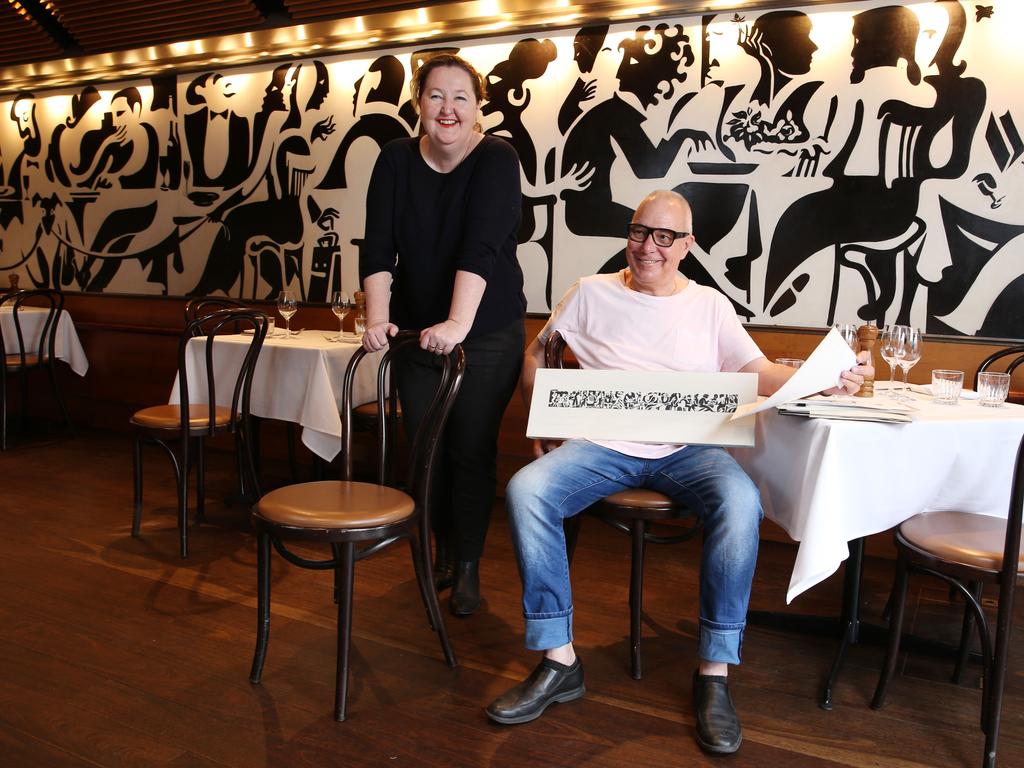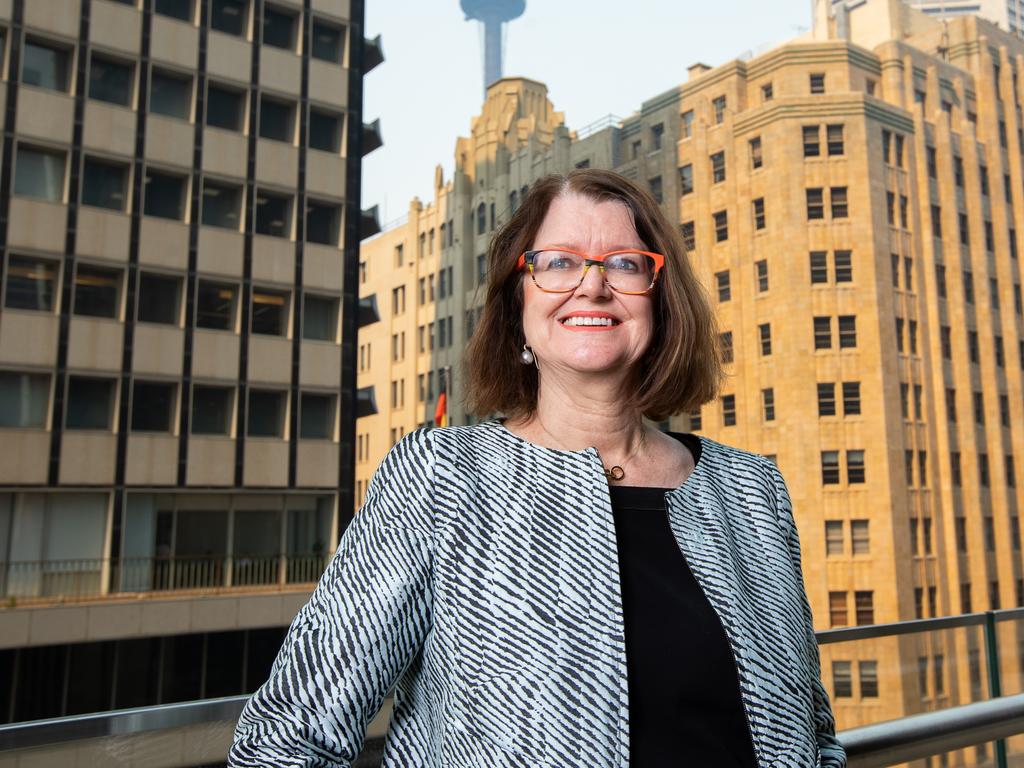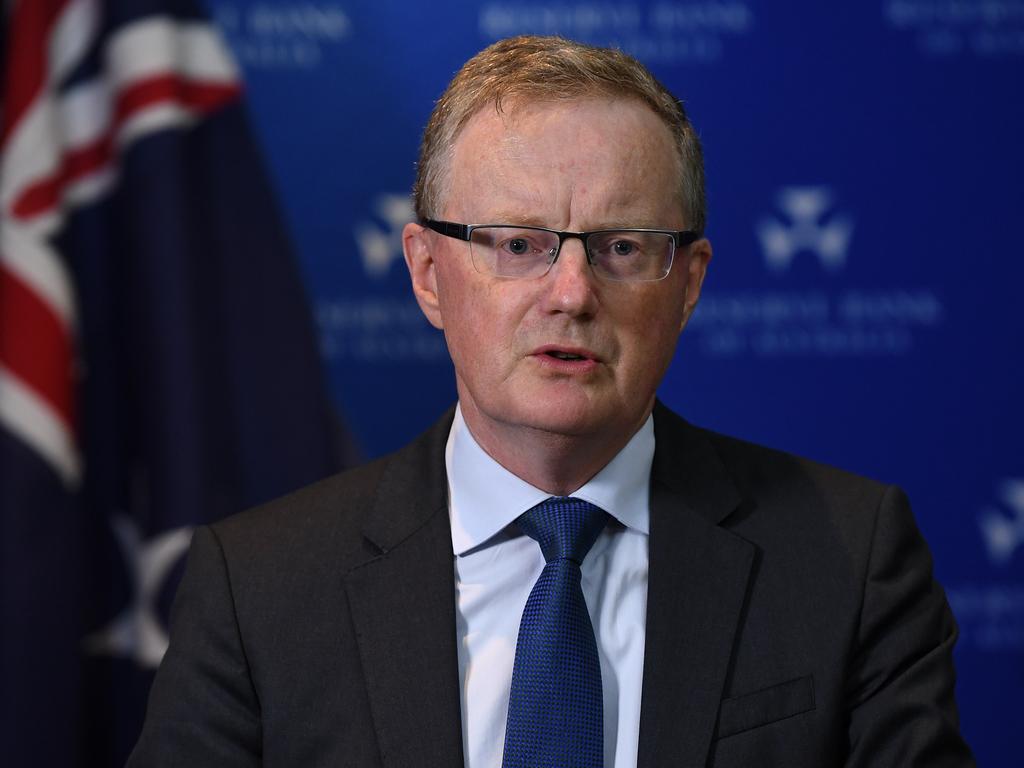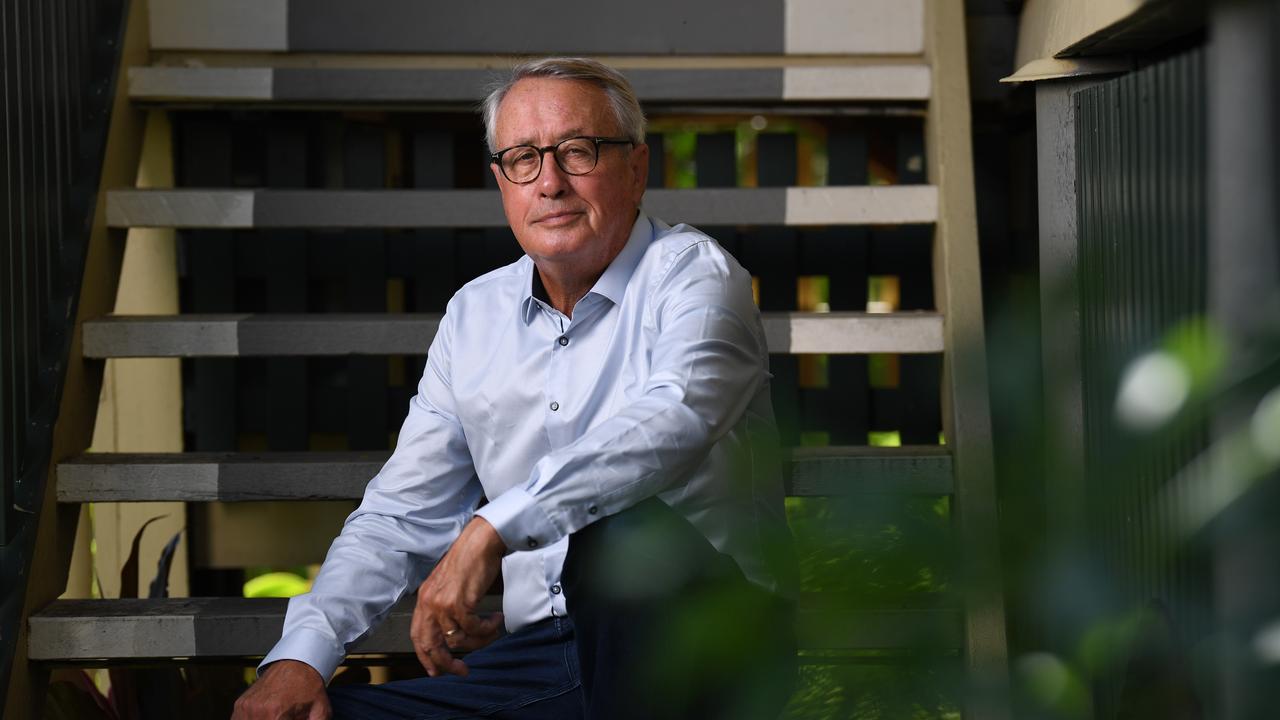A ‘frock and awe’ spending splurge
When the going gets tough, the tough go dining … and shopping, for everything from dresses and shoes to dishwashers, devices and home office paraphernalia.
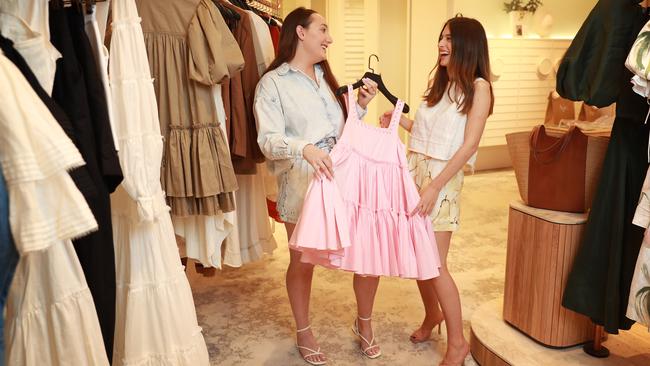
When the going gets tough, the tough go dining … and shopping, for everything from dresses and shoes to dishwashers, devices and home office paraphernalia.
Consumer spending roared back in the September quarter as Australians bought clothing online and in-store, kitted out their no-commute workplaces with furniture and office equipment, and were freed to splash out on all manner of services, from eating out to elective surgery.
The Australian Bureau of Statistics declared the 7.8 per cent rebound in household spending was the largest rise in the 60-year history of the national accounts, following a 12.5 per cent plunge in the June quarter. The GST is back from the dead.
Still, when the going got rough, so did the Morrison government’s budget, now an everlasting sea of deficit red.
But the surge of emergency income support to workers and business cashflows — almost $100bn in the June and September quarters — underpinned a solid rise in household disposable income.
The ABS said the $71bn JobKeeper and $28bn Boosting Cash Flow for Employers are the two largest subsidies recorded in the history of national accounts.
The quarterly rise in consumer spending reflected the easing of social and trading restrictions, -except in Victoria, where a stage four lockdown was imposed in Melbourne in early August as a second wave of coronavirus hit the capital.
If you take Victoria out of the picture, where consumption fell by 1.2 per cent and is down 16 per cent in the year, consumer spending in the rest of Australia rose by a stellar 11 per cent in September.
Adrian Morris, co-founder of fashion label Aje, applied what he learnt during the 2008-09 global financial crisis to the pandemic — and it has paid off.
“We took a punt on continuing production, maintained all our design deadlines, kept delivering new collections every month, even through lockdown, and kept up advertising spend,” he told The Australian.
“It was the most stressful time. I’m just thankful that it worked.”
Mr Norris said the company’s trajectory reflected industry trends, with the clothing and footwear segment up 21.8 per cent in the September quarter.
Sales of the brand’s dresses, which straddle the line between dressier daywear and relaxed -occasion wear, were up on the same period last year, adding that the online store “saved us”.
“Even in Melbourne sales were still going through,” he said.
Fourteen out of 17 spending categories rose in September. But reflecting changes in lifestyle and opportunity, the demand for alcohol and tobacco both eased.
Sin is having a mixed pandemic. Just when you thought booze was up and away, the fizz has evaporated.
The ABS found consumers were spending at will on services, with a 9.8 per cent quarterly rise, whereas goods rose by 5.2 per cent. From gym memberships to dining out, the services revival was on for young and the previously young.
After slumping by more than half in June, spending at cafes, restaurants and hotels increased by 50 per cent in September. But hospitality turnover is still one-third below its pre-pandemic levels.
Travel restrictions, event cancellations and working from home turned CBDs into wastelands and revitalised suburbs and regions, a shift that will endure and disrupt housing and commercial property markets for years to come.
According to a Treasury analysis of Commonwealth Bank transaction data, total spending in CBD postcodes over the six months to September was 34 per cent lower than the comparable period in 2019, but only 5 per cent lower in non-CBD postcodes.
Workers and their families were cocooned in their homes — many of them being renovated — and in their neighbourhoods, perhaps thinking globally about the rising rates of infections.
With state government advice to employers to allow workers to work remotely, they spent locally.
Busted global supply chains slowed down import demand earlier in the year, but the taste for foreign-made stuff is back, especially as the dollar recovered from pandemic lows in March to be comfortably above US70 cents for the past five months.
The ABS said demand for imported household appliances, audio visual equipment and furniture “remained elevated”.
The Morrison government is reducing income support, having cut JobKeeper from $1500 to $1200 a fortnight at the end of September, and split it into two tiers depending on hours worked. In January, and until the end of March, the maximum rate of the wage subsidy will be cut to $1000.
This will test the resilience of a recovery that the Reserve Bank believes will be uneven, bumpy and drawn out.
But awash in stimulus cash and savings from deferred holiday expenses, households have “got money in the bank”, as the song goes, and at some point they will have more confidence to spend and borrow. That will give the recovery some gas in the tank.
CBA economists estimate that in the June and September quarters, Australians squirrelled away $98bn, or 5 per cent of GDP, over and above what is normally saved.
CBA’s internal data shows that savings have continued to rise over the December quarter, “so the household sector will start 2021 with additional savings well in excess of $100bn accrued since COVID-19 arrived”. This excludes early super withdrawals.
With the opening of borders, changes to trading conditions and a healthy dose of Christmas retail therapy, the spending part of GDP will continue to play its part in this mutant recovery.

